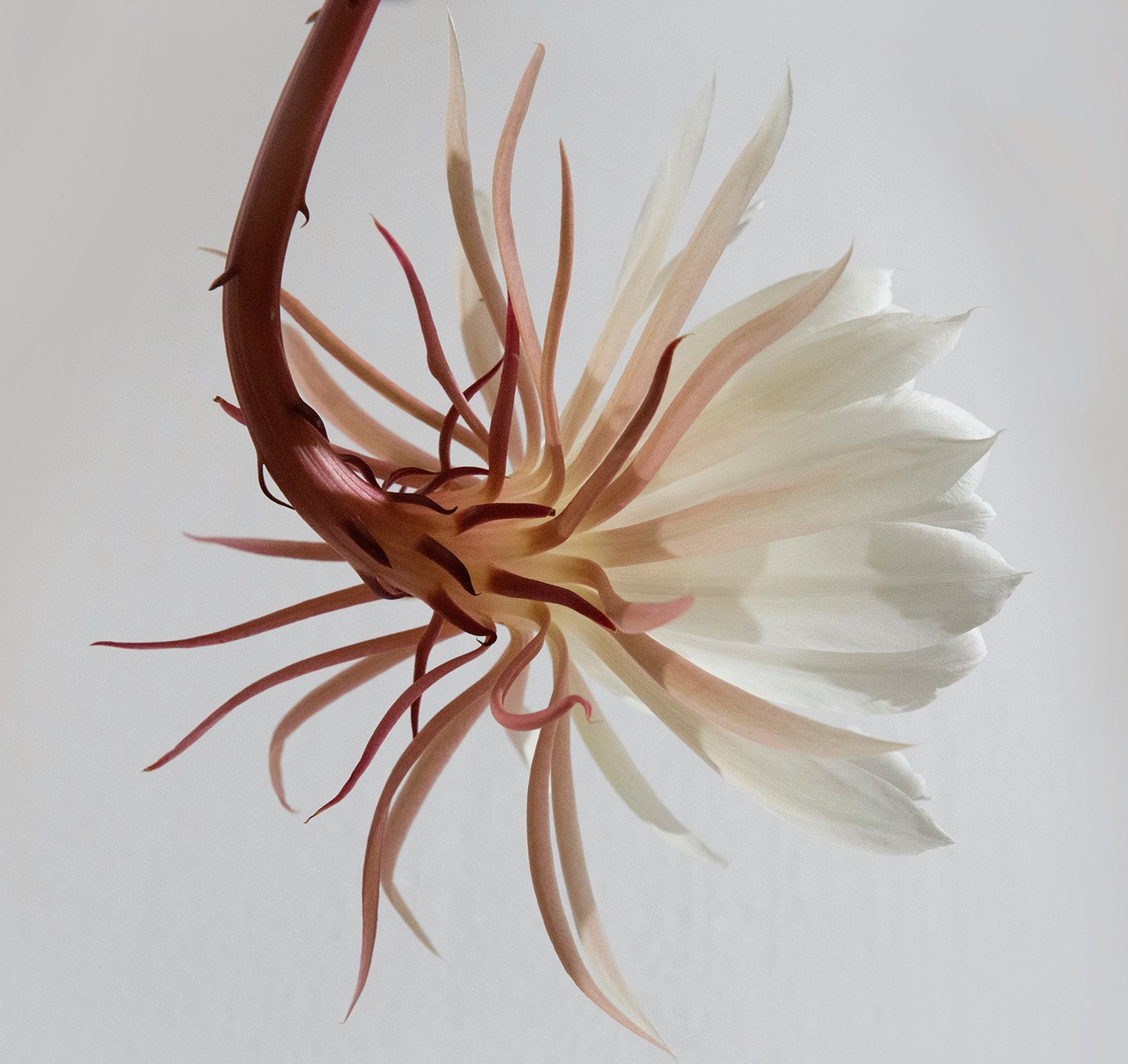
Oncoplastic Breast Surgery
Breast surgery has evolved significantly over centuries, driven by advancements in medical knowledge and surgical techniques. The history of breast surgery dates back to ancient times, and it wasn’t before the 19th and 20th centuries that mastectomy emerged as a standard treatment for breast cancer.
Above: Dr William Halsted advanced breast cancer surgery in the late 19th century by developing approaches to mastectomy
However, as the understanding of breast cancer and surgical techniques progressed, approaches shifted towards preserving breast tissue and aesthetic outcomes. Today, oncoplastic breast surgery represents a culmination of these advancements, integrating cancer removal with reconstructive techniques to achieve optimal oncological and cosmetic outcomes. This approach reflects a paradigm shift towards personalised, patient-centered care, emphasising not only cancer eradication but also the preservation of quality of life and psychological well-being for breast cancer survivors.
Oncoplastic breast surgery
Oncoplastic breast surgery is a comprehensive approach that combines cancer removal with aesthetic breast reconstruction. It aims not only to eradicate cancer but also to restore the breast's shape, size, and symmetry, addressing the psychological and emotional well-being of patients. This approach is vital in mitigating the negative impact of breast cancer treatment on body image, mental health, and intimate relationships.
Importance
Psychological Well-being
Avoiding distorted body image, poor mental health, and low self-esteem are essential considerations in breast cancer treatment. Oncoplastic surgery helps preserve a woman's sense of femininity and self-confidence, promoting a positive body image and psychological adjustment post-treatment.
Impact on Sexuality and Relationships
A full mastectomy can significantly impact a woman's sexuality and intimate relationships. Oncoplastic surgery aims to preserve breast tissue and contours, reducing the psychological burden associated with altered body image and improving quality of life.
Procedure Overview
1. Cancer Removal
Oncoplastic surgery involves removing cancerous tissue while preserving as much healthy breast tissue as possible. This may include lumpectomy or partial mastectomy techniques.
2. Reconstructive Breast Surgery
Reconstructive techniques focus on restoring breast shape, size, and symmetry following cancer removal. Options include implant-based reconstruction, autologous tissue reconstruction (using tissue from the patient's body), or a combination of both.
3. Multidisciplinary Team Approach
Oncoplastic breast surgery involves a multidisciplinary team comprising surgeons, oncologists, radiologists, breast physiotherapists, psychologists, and other healthcare professionals. This collaborative approach ensures comprehensive care tailored to each patient's needs.
Benefits
Improved Aesthetic Outcomes
Oncoplastic surgery aims to achieve natural-looking breast contours and symmetry, minimising the visible impact of cancer treatment.
Enhanced Psychological Well-being
By addressing body image concerns and preserving femininity, oncoplastic surgery promotes positive psychological adjustment and overall quality of life.
Comprehensive Care
The involvement of a multidisciplinary team ensures that patients receive holistic care, including surgery, chemotherapy, radiotherapy, endocrine therapy, breast physiotherapy, and psychological support.
Why choose oncoplastic breast surgery?
Oncoplastic breast surgery offers a holistic approach to breast cancer treatment, combining cancer removal with aesthetic breast reconstruction. By addressing both physical and psychological aspects of care, it plays a crucial role in promoting positive outcomes and quality of life for breast cancer survivors. Through collaboration among healthcare professionals, patients can access comprehensive care tailored to their individual needs, empowering them on their journey to recovery and wellness.
Further reading
“North Queensland: To have gone where no Oncoplastic Breast Surgeon has gone before…”
A report by Dr. Nita Bartlett published by the Australian Society of Breast Disease in 2023

